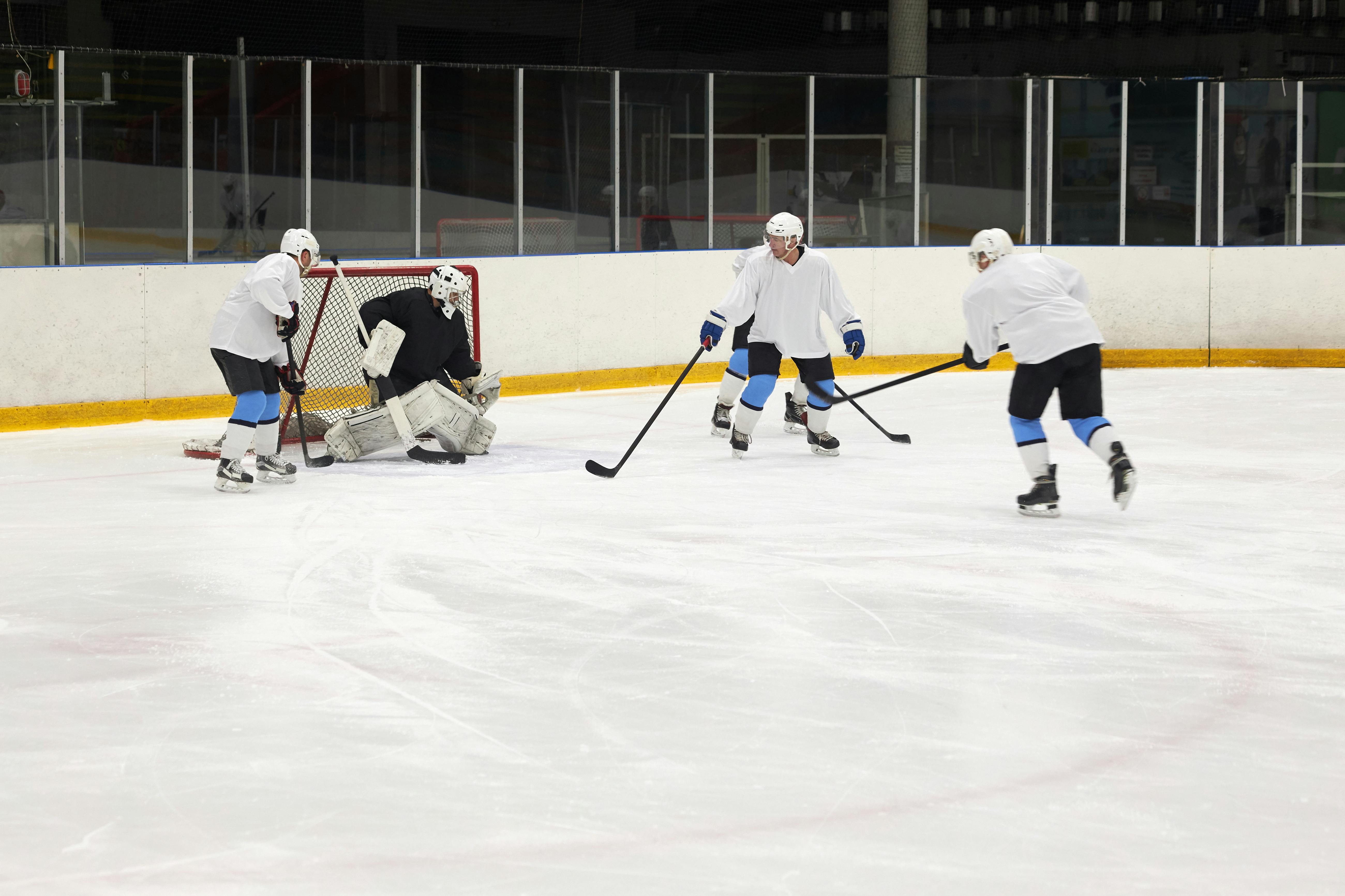Sesame seeds
Sesame seeds are flat, tiny, oval seeds that have a nutty flavor and an almost imperceptible crunch. Its scientific name is ‘Sesamum indicum’. Some variants are seen and found in India, while others in Africa (mainly Nigeria, Sudan, and Ethiopia).
These seeds grow in pods and are grown from edible seeds. The seeds come in several varieties and colors such as white, black, yellow, and red.
Benefits
Sesame seeds have multiple benefits and applications around the world.
Very healthy
Contains important minerals.
It contains zinc which is beneficial for our bones.
lower cholesterol levels
Rich in dietary protein and fiber.
Rich in niacin (a B-complex vitamin)
They have different uses depending on their location. It is used in cakes in Greece, sprinkled on hamburger buns, as a candy in many Middle Eastern and Indian dishes, in Turkish delight, etc.
processing
Processing is done in three steps: ‘cleaning, husking and sorting’, where each process is done separately and in stages. But the complete method is carried out in a Sesame Plant.
Process 1 – Cleaning
This stage is a pre-cleaning process designed to clean the raw sesame seeds by removing impurities such as dust particles. The machine has various devices for cleaning.
The seeds are first sifted and then transferred to a spiral mixing device that propels the seeds to the classifier and stoner (for stones, wood, metals, etc.).
It has three discharge holes for waste water, impurities and clean seeds. This saves water and energy thus encouraging continuous production. It is a reliable and efficient growing utilization.
Process 2 – Descaling
The descaling process is of two types: ‘wet and dry descaling’. The dry method is not common in industries, as commercial plants demand high performance and quality. Wet hulling gives exactly that.
Wet descaling consists of 5 stages: soaking, descaling, separation, cleaning and drying.
Soaking: the seeds absorb water and expand to peel them.
Shelling: With gentle friction and vertical alignment, the hull is removed.
Separation: It is done through classifier, gravity separator, shell and seeds are separated according to buoyancy separation theory.
Cleaning: the seeds are cleaned again with washers (wash and fine wash).
Drying: The product is then dried in a single chamber fluidized bed where the seeds float in (hot) air and is friction polished.
Process 3 – Classification
There are three kinds of sorting here: fine sorting, magnetic sorting, and color sorting done by a single sorting machine. The machine uses optical sensors to detect foreign materials.
Fine Sorting: The seeds are sorted and graded according to size.
Magnetic Sorting – Fine seeds go through a magnetic charge to remove final metallic impurities.
Color Sorting: Finally, the classifier separates the impurities such as stones, foreign grains.
Cleaning solutions add value to the product and its quality. After this process, the final step involved in the whole process is bagging. Now, there is a machine that also bags the seeds.
After that, the final product is packed and ready for export. The demand is quite high as the benefits are too much.



